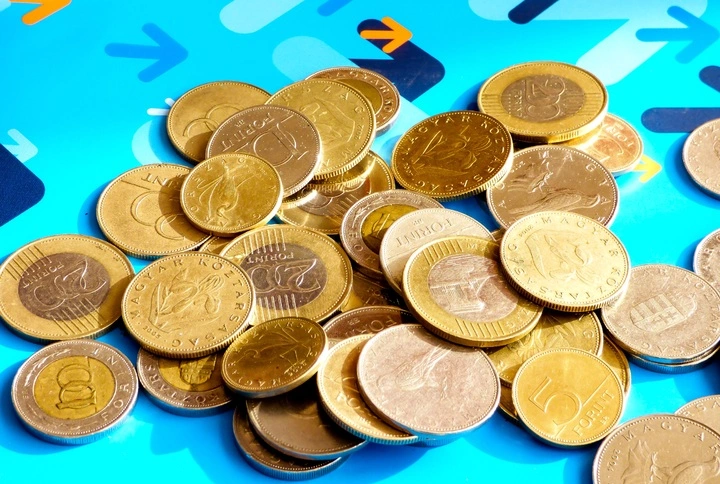euro
Hungarian forint falls to its lowest this year

Will Hungary introduce the euro in 2024? Here is what Bloomberg says

Huge success for PM Orbán? Tens of billions of euros may come to Hungary soon

Central bank governor talks about euro introduction in Hungary

Central bank’s surprising interest rate decision: forint falls

Forint in focus today: Interest rate decision on the table

Hungarian forint struggles against EUR 400 exchange rate

Forint in shambles: 400 HUF/EUR may be on the cards

Continuous weakening: Forint cannot be saved by EU funds news

Vulnerability: forint faces tough months ahead

Forint weakens uncontrollably, reaches 6-month low: 400 EUR/HUF on horizon

People have spoken: 2/3 of Hungarians would introduce the euro

Market leader Porsche subsidiary introduces the euro in Hungary

Fragile forint: Spontaneous euroisation in Hungary?

Dark prophecy for the Hungarian forint: 400 EUR/HUF soon?

Forint takes a big hit: sharp weakening in a short time

Forint jumps to a peak after major decision of central bank

Euro introduction in Hungary? Finance minister answers






